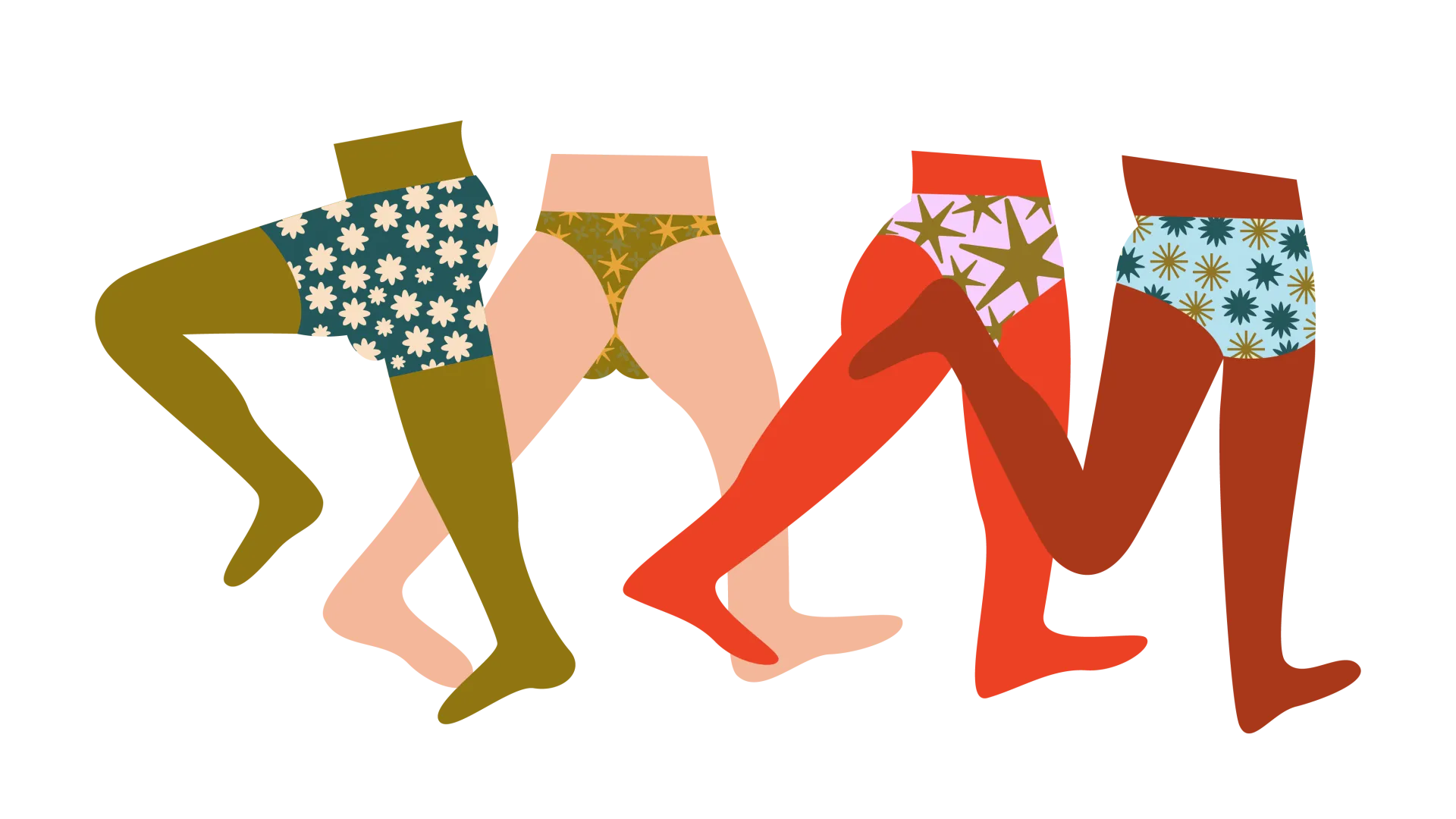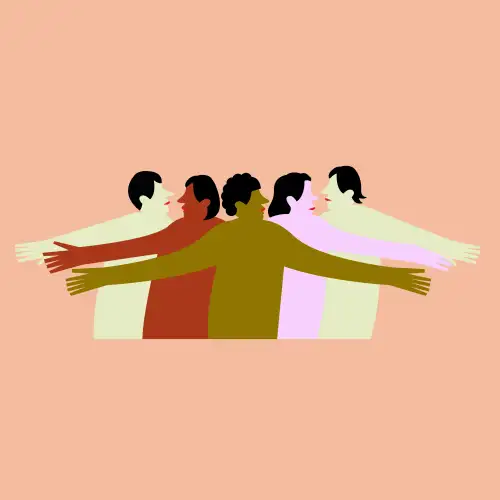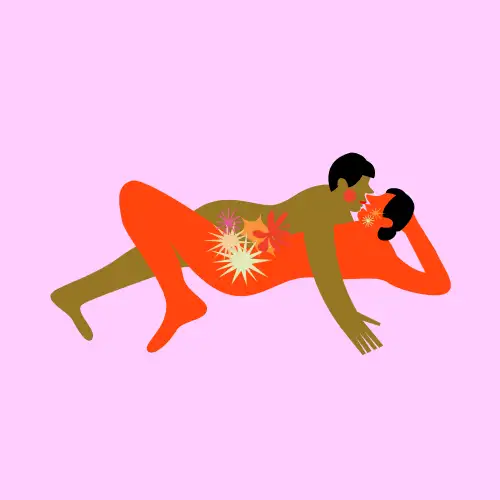Hair loss (alopecia): Weighing the options for an informed decision
A common reality, a personal decision
Hair loss, most often caused by androgenetic alopecia, is a reality for many men. Although it poses no danger to physical health, it can have a significant impact on self-esteem and psychological well-being.
It is legitimate to want to explore solutions. However, it is crucial to understand that effective treatments have benefits, but also risks. The goal of this guide is to present you with the facts to help you, along with your healthcare professional, make the best decision for you.
Understanding the cause: Genetics, hormones, and age
Androgenetic alopecia is primarily genetic in origin. It is an inherited predisposition that makes hair follicles sensitive to a hormone, DHT (dihydrotestosterone). Under the influence of DHT, the life cycle of the hair speeds up and the follicles miniaturize, eventually no longer producing a visible hair.
This condition can begin at any age after puberty. As a general rule, the younger it starts, the more likely its progression will be rapid and aggressive.
Pharmacological treatment options: Benefits and risks
Topical and oral Minoxidil (Rogaine®)
Topical minoxidil, applied to the scalp, stimulates blood flow to the follicles. It is a safe, first-line option. The use of low-dose oral minoxidil is also an increasingly popular "off-label" option with promising studies, which should be discussed with a doctor.
5-alpha-reductase inhibitors: Finasteride and Dutasteride
These oral or topical medications are very effective because they act at the source by blocking the enzyme that produces DHT.
Originally, these drugs were developed to treat benign prostatic hyperplasia (BPH), a condition for which they are still used at higher doses. It was later discovered that, even at a lower dose, they had a very effective impact on slowing hair loss.
- Finasteride (Propecia®): This is the best-known. It blocks about 70% of DHT.
- Dutasteride (Avodart®): This one is more potent and blocks over 90% of DHT. It is used "off-label" for hair loss, but its effectiveness is often superior.
It is important to note that the vast majority of users experience no side effects. However, it is crucial to be aware of the potential risks, even if they are rare:
- Sexual health: Decreased libido, erectile dysfunction.
- Mental health: Mood changes, anxiety, depression.
- Persistence of symptoms: In a small number of men, some of these effects can persist or appear even after stopping the treatment. Health Canada has issued warnings on this subject.
Other approaches to managing hair loss
In addition to medications, other common solutions exist:
- Cosmetic solutions: Densifying shampoos, camouflage powders.
- Clinical procedures: Platelet-rich plasma (PRP), microneedling.
- Hair transplant: A surgical solution, the most permanent and most expensive.
The informed decision: An essential dialogue
The choice to start a treatment like finasteride or dutasteride is an important personal decision. It involves weighing the potential benefits for self-esteem against the potential risks.
A transparent discussion with your doctor and your pharmacist is non-negotiable. If a treatment is started, periodic follow-up is essential to monitor for the appearance of any adverse effects. In case of any change, you must consult immediately.
Resources to learn more
General educational information
- American Hair Loss Association: One of the most complete and objective resources on all causes and treatments of hair loss.
- The Hair Society: A non-profit organization that offers information for patients and professionals.
Information on risks and safety
- Health Canada: Official safety advisory on finasteride.
- PFS Foundation: An information site on post-finasteride syndrome.



















